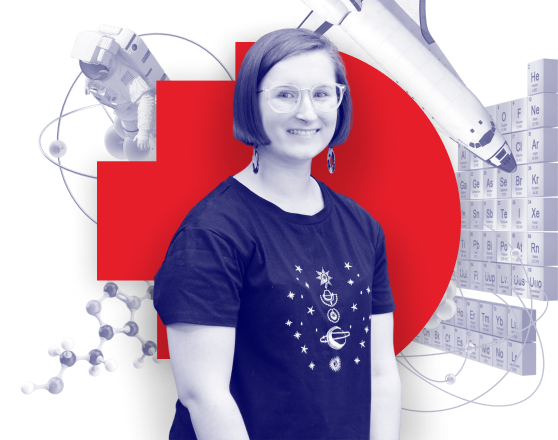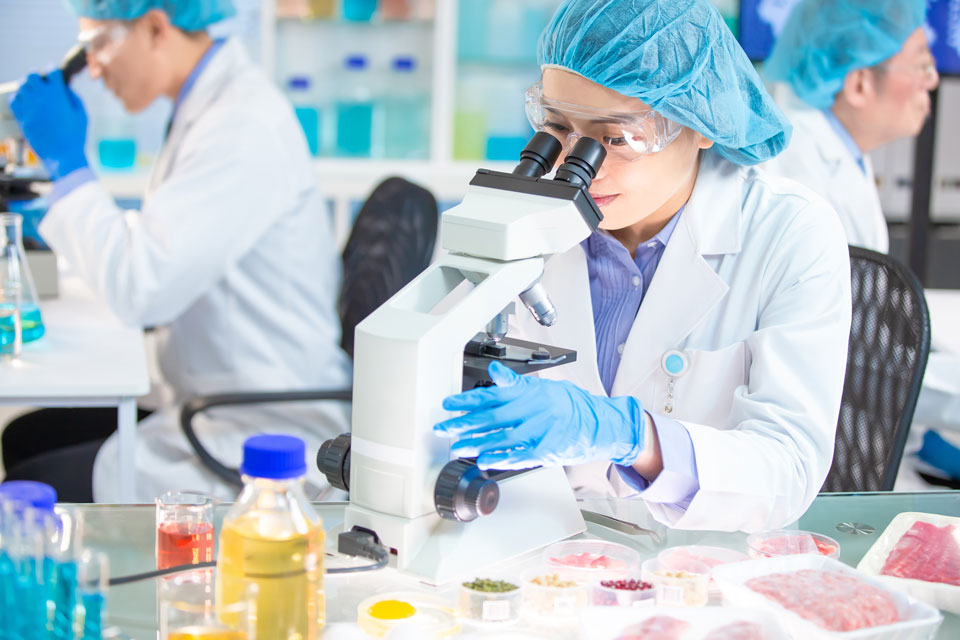A wide range of learning environments is available to students, including lectures, tutorials, laboratory and pilot plant practicals, factory visits, online delivery and individual and/or group presentations.
Importantly, a high proportion of time is spent in industry-standard facilities, such as the Food Innovation and Research Centre. This experience provides a practical element to your learning, encouraging you to develop teamwork and time management skills.
Several subjects in this degree touch on the foundation knowledge in business management and regulation to ensure you are a productive member of a food industry team.
This degree has strong links to industry that are demonstrated through two work-integrated learning (WIL) experiences. With input from industry partners, you’ll create new products, develop manufacturing processes, or design a food quality assurance plan.
During the final semester you’ll apply your skills and advanced knowledge to an industry-focused research project. Students are encouraged to complete the research project in industry, when possible.





